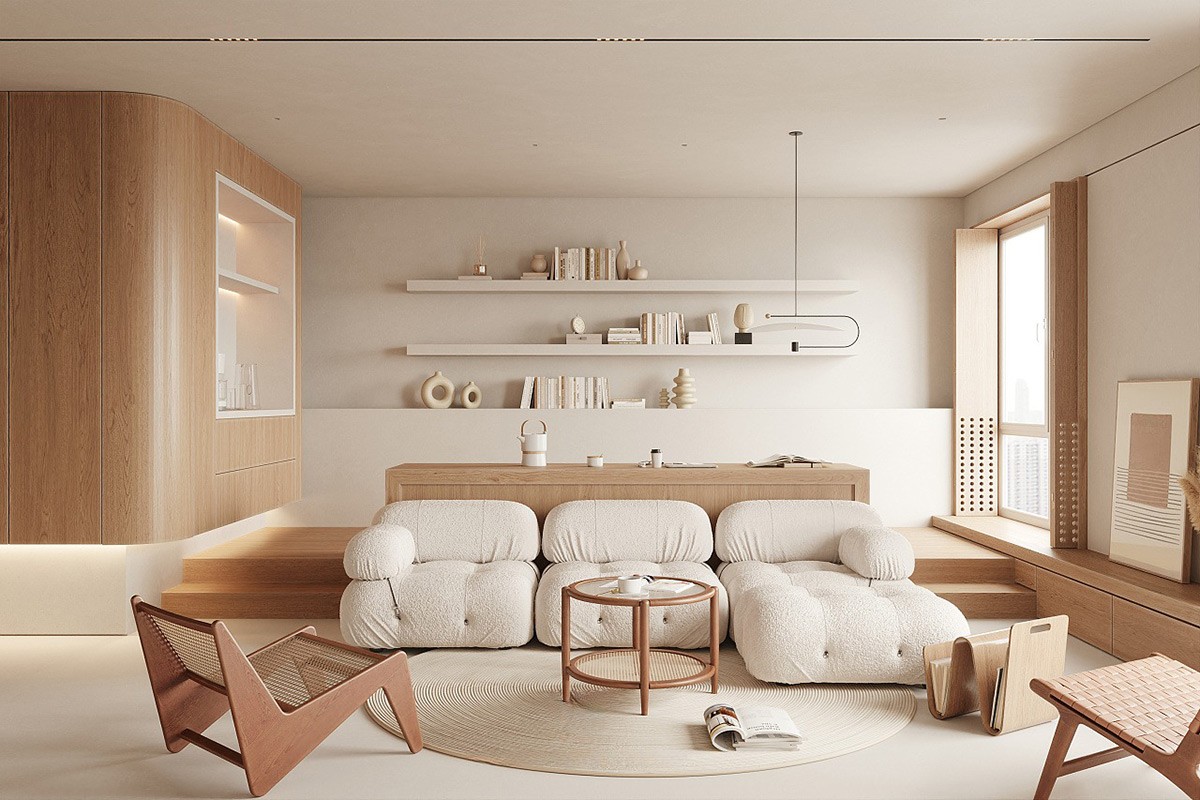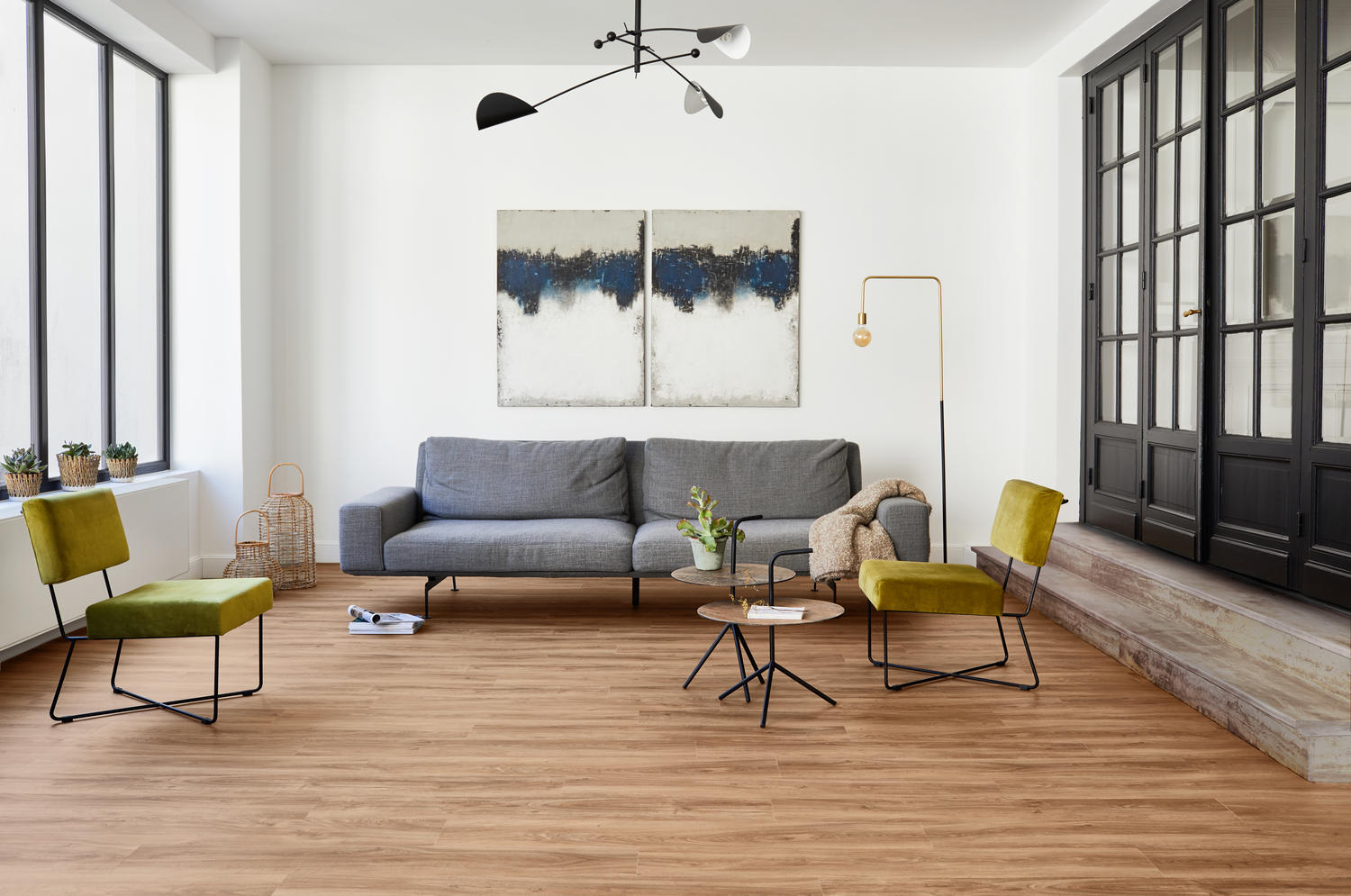The Essentials of Minimalist Design: A Guide to Simplicity and Elegance
Minimalist design is more than just an aesthetic; it’s a lifestyle choice that emphasizes simplicity, functionality, and intentionality. By stripping away the unnecessary, minimalist design creates spaces that are clean, calm, and free from distractions. Whether you are redecorating your home or adopting minimalist principles in your daily life, understanding how to apply minimalist design will transform your environment.
:max_bytes(150000):strip_icc()/what-is-minimalist-design-4796583-03-37f2ac0fcfd74c0c905ea31398c20494.jpg)
What is Minimalist Design?
At its core, minimalist design focuses on reducing elements to the essentials. It embraces clean lines, functional furniture, and a neutral color palette, making every element intentional and purposeful. The goal is to create a sense of openness and tranquility by removing visual clutter.
Minimalism doesn’t just apply to interior design. It’s also a philosophy that can influence your lifestyle and how you approach consumerism, prioritizing quality over quantity.
The Principles of Minimalist Design
Adopting minimalist design requires more than just getting rid of things. Here are some guiding principles to help you embrace minimalism:
1. Less is More
The central tenet of minimalist design is the idea that less is more. This principle encourages you to simplify and prioritize what’s most important, whether it’s furniture, decoration, or even activities in life. By doing so, the design not only feels less cluttered but also creates more space for the things that truly matter.
2. Clean Lines and Simple Shapes
In minimalist spaces, clean lines and simple shapes dominate. Whether it’s a sofa, a table, or a rug, minimalist design emphasizes sleek, functional forms. By choosing simple shapes, you allow the space to feel airy and uncluttered.
3. Neutral Colors and Monochromatic Palettes
Minimalist design often uses neutral colors such as white, black, beige, and gray. These tones create a soothing environment and allow for a harmonious, balanced look. Sometimes, a pop of color is added, but it’s kept subtle, allowing the design to feel serene and uncluttered.
4. Open Spaces and Natural Light
A hallmark of minimalist design is the emphasis on open spaces and natural light. Minimalism often avoids excessive furniture or décor, making room for a fluid, spacious environment. Large windows that let in natural light are key to making the space feel open and welcoming.

How to Apply Minimalist Design to Your Home
Bringing minimalist design into your home doesn’t mean completely overhauling your existing style. Instead, you can gradually incorporate minimalist principles into each room.
1. Declutter Your Space
The first step to embracing minimalist design is to declutter. This means going through your belongings and only keeping items that serve a clear purpose or bring joy. You don’t have to throw away everything, but focus on quality and functionality.
Consider adopting the one-in, one-out rule to prevent unnecessary items from entering your home.
2. Invest in Functional Furniture
In minimalist design, every piece of furniture should serve a functional purpose. Instead of crowded shelves or bulky furniture, opt for pieces that are both simple and versatile. Look for storage solutions that are sleek and effective.
Furniture with clean lines, such as a low-profile sofa or a simple wooden table, will fit the minimalist aesthetic perfectly.
3. Use Natural Materials
To enhance the minimalist design, focus on using natural materials like wood, stone, and metal. These materials add texture and warmth to the space while maintaining a simple, clean look. A wooden dining table or stone accents in the kitchen can bring warmth and personality to an otherwise neutral space.
4. Keep Art and Décor Simple
Minimalism doesn’t mean completely voiding a space of personality. However, art and décor should be carefully chosen and placed. Select one or two statement pieces rather than cluttering the walls with numerous items. A single, large painting or a simple vase of flowers can create a stunning focal point without overwhelming the space.
5. Focus on Lighting
Lighting is crucial in minimalist design. Natural light should be maximized with large windows, while modern pendant lights or sconces can provide functional illumination without distracting from the simplicity of the room. Soft, ambient lighting can further enhance the calm and peaceful atmosphere.

Minimalist Design for Small Spaces
Minimalist design is particularly effective in smaller homes or apartments. It can make even the tiniest rooms feel spacious and open. Here’s how to apply minimalist principles in small spaces:
-
Use multifunctional furniture: Look for pieces that can serve multiple purposes, like a sofa that doubles as a bed or a coffee table with hidden storage.
-
Avoid excessive furniture: Stick to only essential pieces and avoid overcrowding rooms with unnecessary items.
-
Choose light, airy colors: Lighter shades like white or soft beige can make a small space feel larger and more open.
The Benefits of Minimalist Design
Embracing minimalist design comes with several benefits beyond just aesthetics. Here’s why more people are turning to minimalism in their homes:
-
Improved mental clarity: A decluttered space leads to a decluttered mind. With fewer distractions, you can focus better on your tasks and reduce anxiety.
-
More time and energy: Without the constant need to clean and organize, you’ll have more time for what truly matters, like spending time with loved ones or pursuing hobbies.
-
Sustainability: Minimalism encourages buying fewer, higher-quality items that are built to last. This reduces waste and supports a more sustainable lifestyle.
Minimalism in Interior Design Styles
While minimalism is often associated with clean, modern interiors, it can be applied to various design styles. Some popular variations include:
Scandinavian Minimalism
Known for its simplicity and functionality, Scandinavian minimalism focuses on light, neutral colors, and natural textures. It often incorporates functional furniture and a cozy yet sleek design.
Japandi Style
Japandi is a fusion of Japanese and Scandinavian minimalism, combining natural materials, simple forms, and warm tones. It emphasizes craftsmanship and balance between beauty and utility.
Industrial Minimalism
This style merges minimalist principles with the raw, unfinished elements of industrial design. Exposed brick, metal finishes, and wooden elements create a clean yet edgy aesthetic.
Frequently Asked Questions (FAQs)
What is the key element of minimalist design?
The key element of minimalist design is the focus on simplicity. This includes clean lines, neutral colors, and functional furniture, all aimed at creating a peaceful and uncluttered space.
Can minimalist design work in a small home?
Yes, minimalist design works especially well in small homes because it maximizes space and reduces visual clutter, making small areas feel more open and spacious.
How do I start embracing minimalist design in my home?
Begin by decluttering your space and focusing on functional, high-quality furniture. Incorporate neutral colors, natural materials, and carefully selected décor pieces to create a calming environment.
Is minimalist design only for modern homes?
No, minimalist design can be adapted to various home styles, including Scandinavian, industrial, and even traditional homes. The key is maintaining simplicity and functionality.
Conclusion
Minimalist design is more than just a trend; it’s a mindset that promotes simplicity, peace, and functionality. By embracing minimalist principles, you can create a home that not only looks beautiful but also enhances your quality of life. Start small—declutter, focus on quality, and make intentional design choices to create a serene and organized space.
With minimalist design, you can enjoy a harmonious living space that promotes relaxation and mental clarity.









